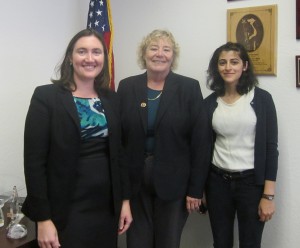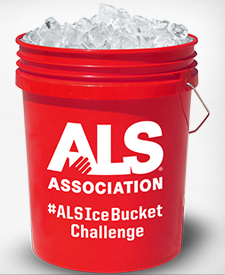Somewhat inevitably with the global nature of travel these days, the first Ebola case in the US has been reported in Dallas. While this is obviously scary for the patient and his family, there is almost zero chance this will lead to a widespread outbreak in the US. Below are a few things to remember about Ebola.
Only people showing symptoms are contagious
Although the Ebola patient did travel on an airplane, he was not showing symptoms at that time and therefore was not contagious. The public health team in Dallas has traced his contacts since arriving in the US and will be monitoring those people to ensure they do not develop Ebola (Ebola has a 21 day incubation period).
Ebola is only transmitted through infected bodily fluids
Ebola is actually relatively hard to get. Ebola is not spread via airborne droplets and there is no reason to believe airborne transmission of Ebola will develop. Like with HIV, you must come in contact with bodily fluids from a person showing symptoms to contract Ebola. Just being in the same room with the person will not lead to Ebola spread.
The US Public Health infrastructure is equipped to deal with Ebola
Unlike in West Africa, the US has a robust public health system, well trained medical professionals in every community, and no shortage of the personal protective equipment necessary to prevent the spread of Ebola. In fact, Ebola related viruses like Marburg and Lassa Fever, have already made it to the US and no widespread outbreak occurred.
We should be more worried about the effect of the Ebola outbreak in West Africa
While we really shouldn’t be worried about a US Ebola outbreak, we should be more worried about the havoc occurring in West Africa. The outbreak is causing a tremendous amount of suffering in West Africa. The public health system is completely overwhelmed and non-Ebola medical care is suffering as well. There are extreme shortages of trained medical professionals, personal protective equipment, beds for those suffering from Ebola, and other basic medical supplies.
If you are worried about Ebola, consider donating to Doctors Without Borders to help fight the spread of Ebola in West Africa. Aid groups on the ground, like Doctors Without Borders, are also asking for help from any trained medical professionals willing to volunteer in West Africa.
A Few Other Resources About Ebola in the US:
CDC Ebola Information Website and Press Release
Tara C. Smith’s article in the Guardian about why we shouldn’t panic about a US Ebola Epidemic

